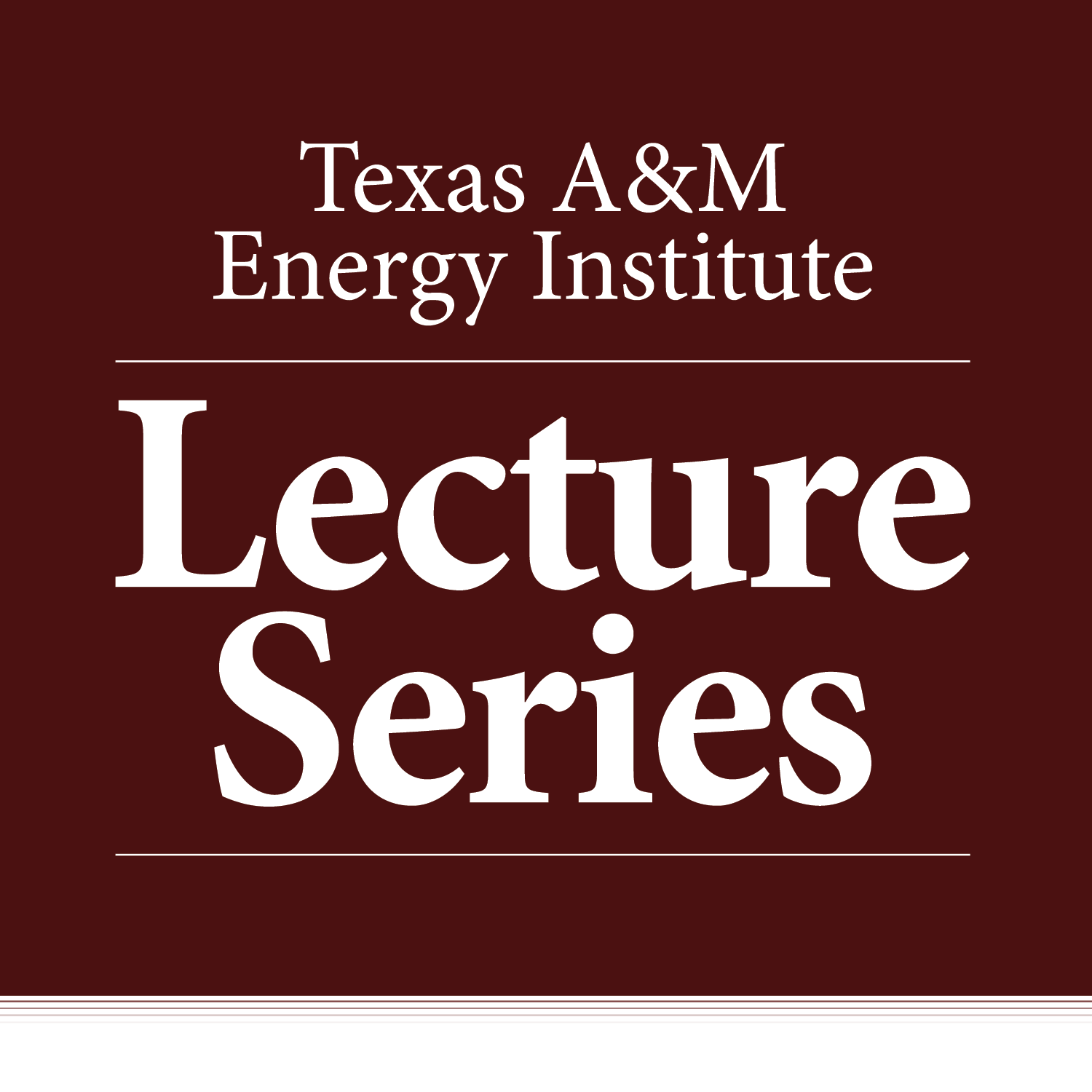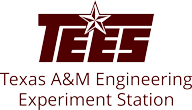
Improving Health and Energy Efficiency in Buildings
The next presentation in the Texas A&M Energy Institute Lecture Series, featuring Dr. Charles H. Culp, a Professor in the Department of Architecture and the Associate Director of the Energy Systems Laboratory, will be held on Friday, September 28, 2018 from 12:00 PM – 1:00 PM in the Frederick E. Giesecke Engineering Research Building (GERB) Third Floor Conference Room. The topic will be “Improving Health and Energy Efficiency in Buildings.”
Biography
Dr. Charles Culp is a Professor in the Department of Architecture and an Associate Director of the ESL. He has had over thirty years of experience in the HVAC&R field, both in the private and public sectors. During his employment at Interand, Dr. Culp designed interactive video systems. At Honeywell, Dr. Culp was a Honeywell Fellow and designed and led the development on two major energy management and control system designs, Honeywell’s Delta 2500 and Delta 21. During his time at Emerson Electric, he was the Deputy Director of Emerson’s Advanced Material Center, the Director of Emerson’s Advanced Development Center, the Director of Engineering for Alco Controls, and the Director of Research for Fisher Controls.
At Texas A&M University, his teaching in the Department of Architecture encompasses high performance building design and simulation, environmental design, and HVAC courses in which both architecture and engineering students attend. His research involves developing a new refrigerant-free air conditioner, software to find energy efficiency opportunities in buildings, and residential energy efficiency technologies.
Dr. Culp is active in the American Society of Heating, Refrigerating and Air-Conditioning Engineers (ASHRAE), a Past President of ASHRAE’s College of Fellows, past Chair of the Technical Activities Committee at ASHRAE, past member of the ASHRAE Board of Directors and currently a voting member of ASHRAE’s Technology Council and Residential Building Committee. He also advises numerous Texas A&M PhD graduate students.
Dr. Culp received a B.S. in Physics with highest honors from New Mexico Institute of Mining and Technology, and a Ph.D. in Solid State Physics with an Electrical Engineering minor from Iowa State University. He is a licensed Professional Engineer in the State of Texas, has a LEED-AP certification from the US Green Building Council, and has a High Performance Building Design Professional certification from ASHRAE.
Abstract
The population of the world is growing rapidly and the demand for air conditioning and comfort is growing faster. Technology is also improving. This talk will cover health, comfort and energy efficiency in buildings, specifically research that is improving the health in residential buildings, new developments in air conditioning, and improving commercial buildings using a “big data” approach to finding inefficiencies.
In the past 30 years, the incidence of asthma has grown from a small percentage to more than 10% of the US population. People spend most of their time indoors and this is likely a key factor the rising health issue. Residential air conditioning needs fresh air to make a healthy environment and researchers are developing new ways to increase the energy efficiency of bringing in outside air. The current technology for air conditioning uses refrigerants, which are increasingly being found to be harmful to the environment. A new technology has been developed which shows promise for improving health, lowering costs and providing cooling without refrigerants. This technology uses a molecular membrane to remove water vapor from the air. Commercial buildings can be improved by 10% to 20% using commissioning. Research is currently improving the breadth and depth of commissioning, which will expand the savings achieved.
Topics:
- Residential design problems today and solutions for the future.
- Existing and future building air-conditioning technology
- Commercial building technology issues and solutions.

